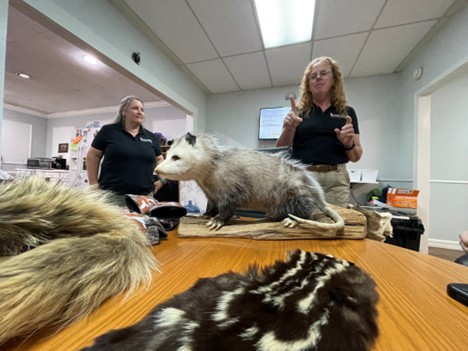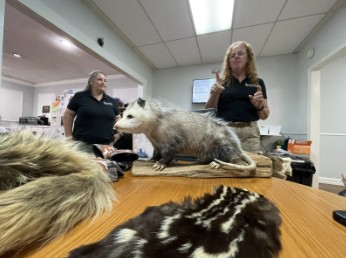Managing and preserving cultural resources is a process that involves the public, for the benefit of the public, especially for the local community. Do you have any places in your town that are historic? Well, if they are over 50 years old and significant enough to history, they may be eligible to be nominated for the National Register of Historic Places. This Register is a list kept by the National Park Service of registered historic properties all around the United States. While these places do not have to be actively protected, harm to them does have to be mitigated. Section 106 of the National Historic Preservation Act (1966) states that federal agencies- or agencies undertaking any project with federal funds, permits, or assistance- must consider the impact of their activities on sites eligible or nominated to the National Register. If a site is determined to be eligible for nomination, based on four criteria of significance, then harm caused to it during the project must be mitigated. This can include moving the location of the project, building around the site, or excavations to recover as much data as possible.

A list of general archaeological sites is kept on a state-by-state basis. In Georgia, this list is the Georgia Archaeological Site File (GASF), maintained by the University of Georgia. We visited their site file and archaeological laboratory this week and visited a University of Illinois field school conducting excavations nearby under the direction of Dr. Brandon Ritchison. This site is located on private property; such sites don’t have to be eligible for a National Register nomination; instead, they must be some type of concentration of artifacts, modification of organic material (also known as ecofacts), or a landscape altered all indicating the presence of past human activity. To learn more about what constitutes an archaeological site, visit this page from the Georgia Department of Community Affairs.
We also met with Noah Bryant, a state archaeologist working for the Historic Preservation Department (HPD), to discuss historic preservation in Georgia. Bryant is an archaeological compliance reviewer, ensuring archaeologists follow cultural resource laws like section 106. Typically, offices like the HPD are referred to as State Historic Preservation Offices, or SHPOs. Each state has a SHPO who acts as a representative of the state’s interests in historic preservation. They review federally funded and permitted projects that could impact historic resources, coordinate historic preservation activities, and ensure historic preservation efforts comply with state law, like Noah does! The HPD also provides local preservation planning and assistance, tax incentive programs, outreach and education, African American heritage programs, and environmental review.

Another important part of environmental review and cultural resource management is the natural landscape. This includes a review of the natural features, resources, and cultural significance of the natural environment which may be impacted by a project. Two educators from the Georgia Department of Natural Resources visited New South’s offices in Stone Mountain to teach us about Georgia’s environment. Did you know that Stone Mountain has its own unique flora and fauna? The mountain houses Georgia Oak, which can only be found on granite outcrops! Other species endemic to Stone Mountain includes the yellow daisy and the fairy shrimp! DNR also discussed how to conduct control burns in longleaf pine forests and offered online resources listed below.
DNR Resources:

